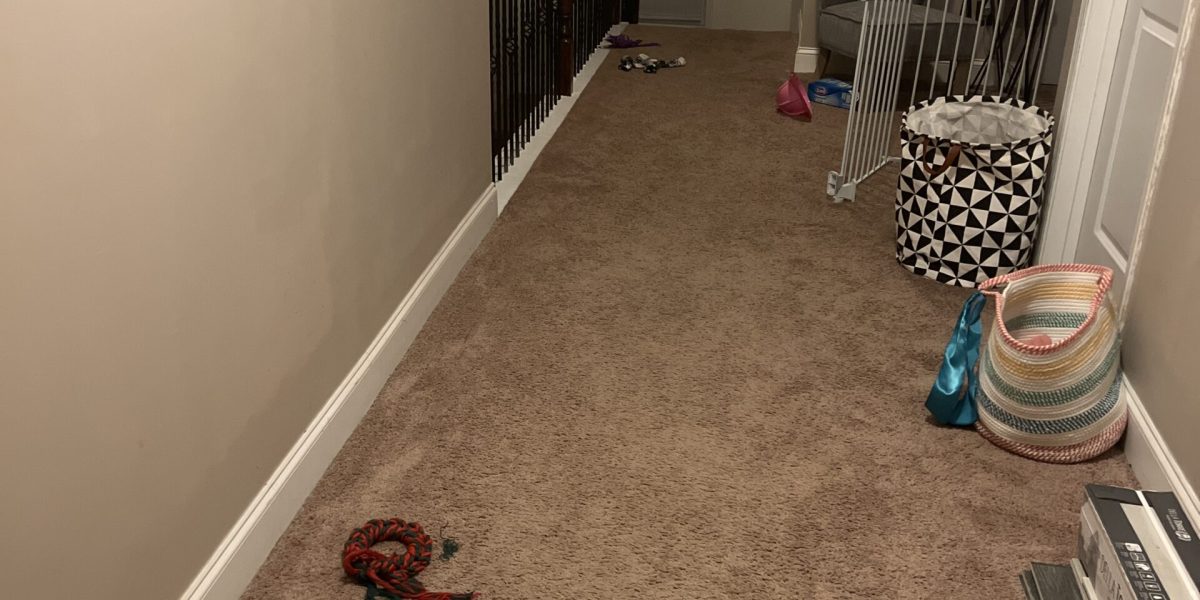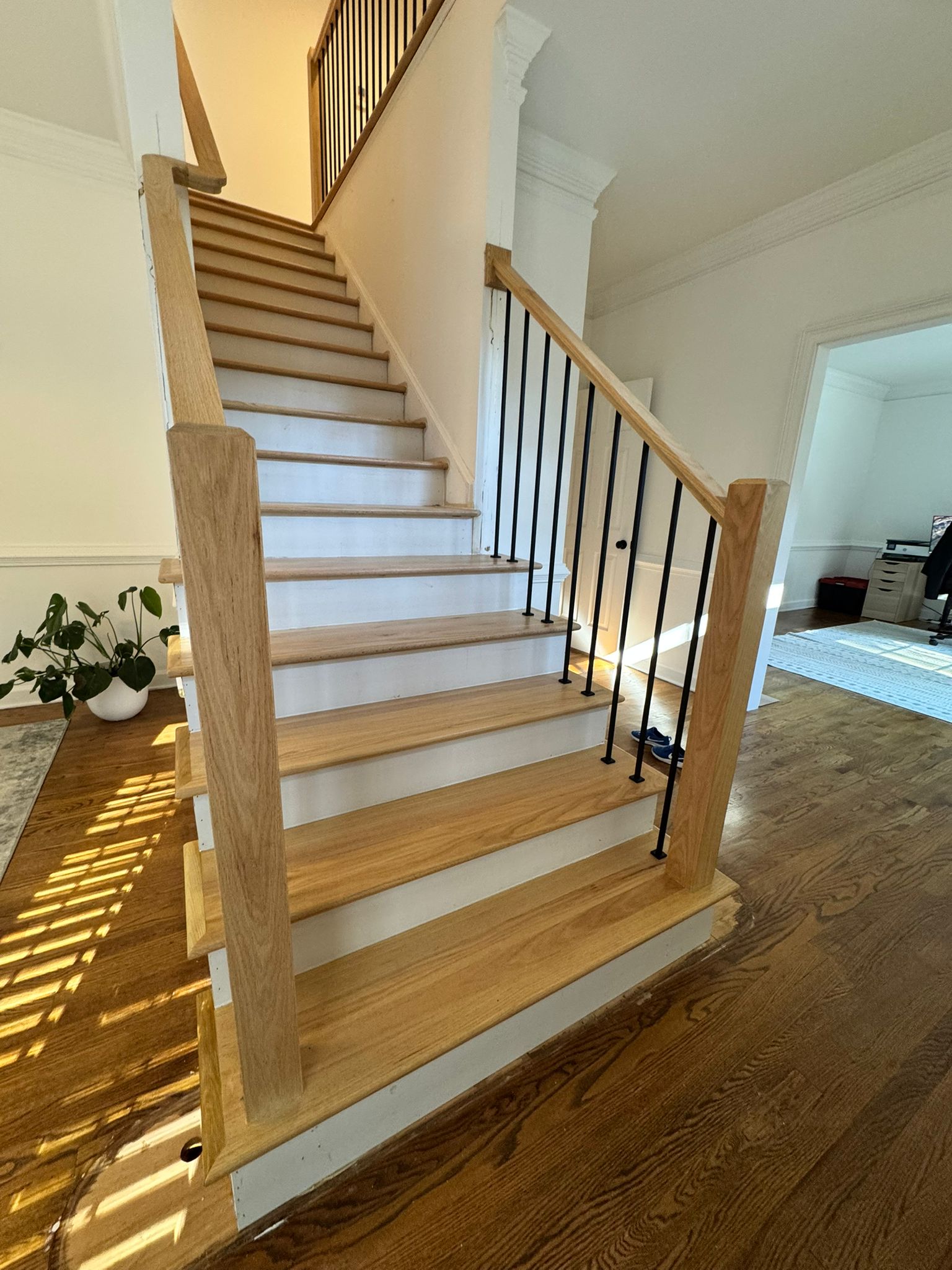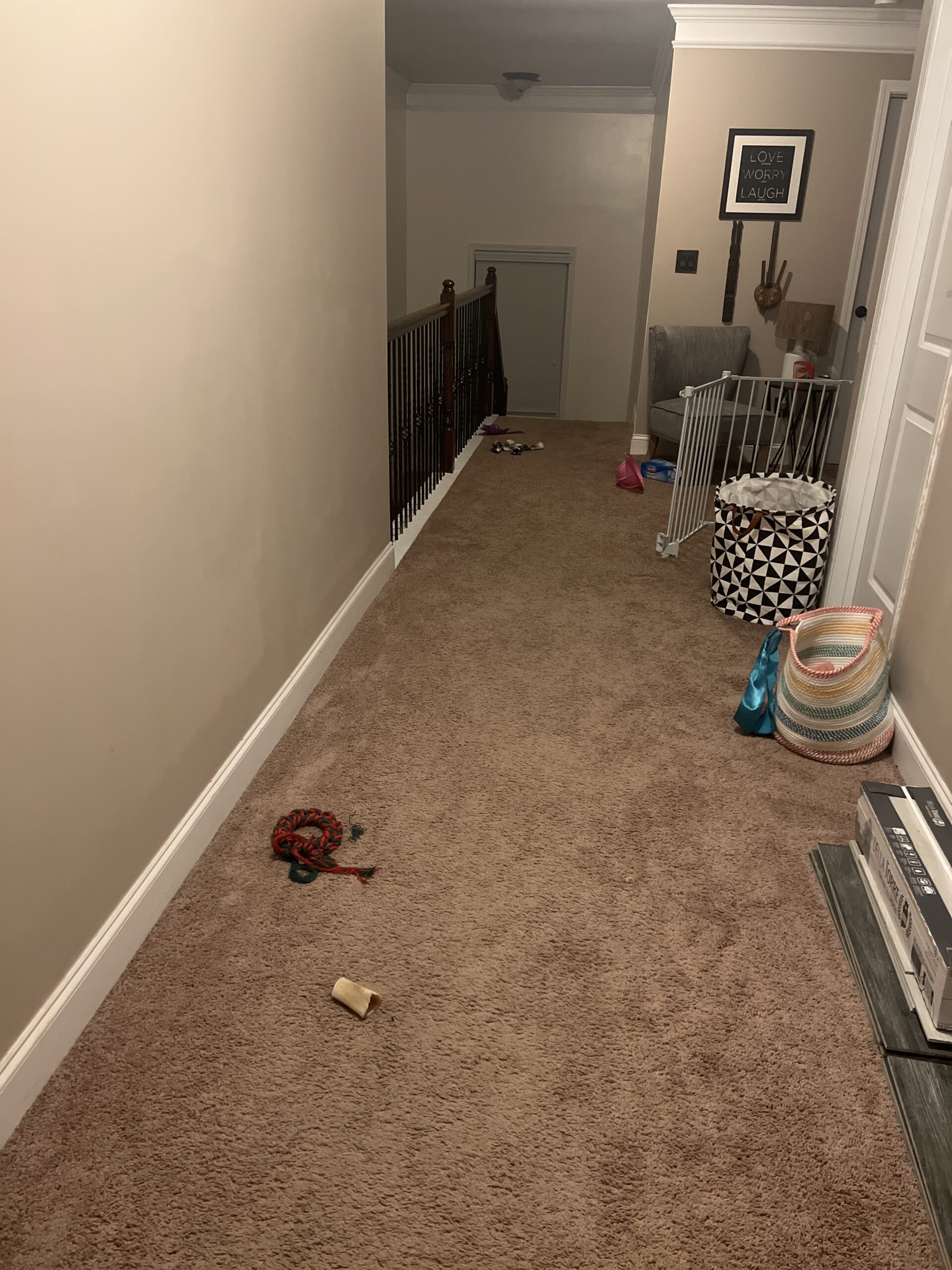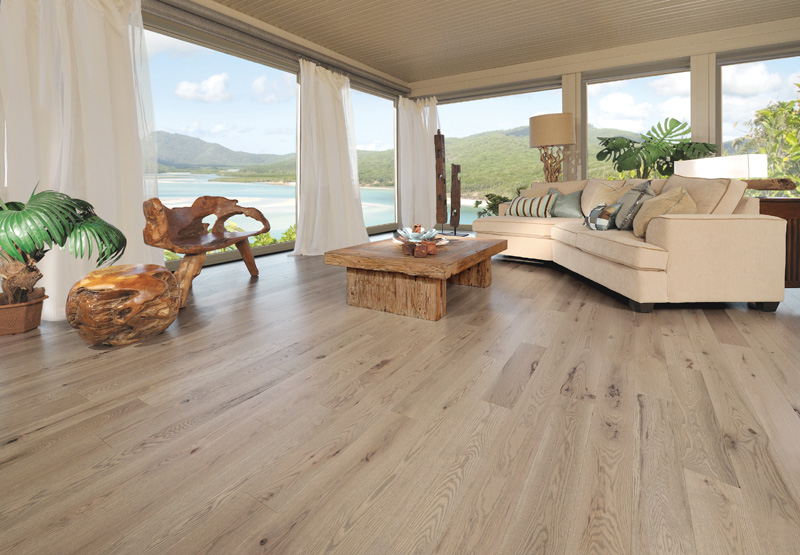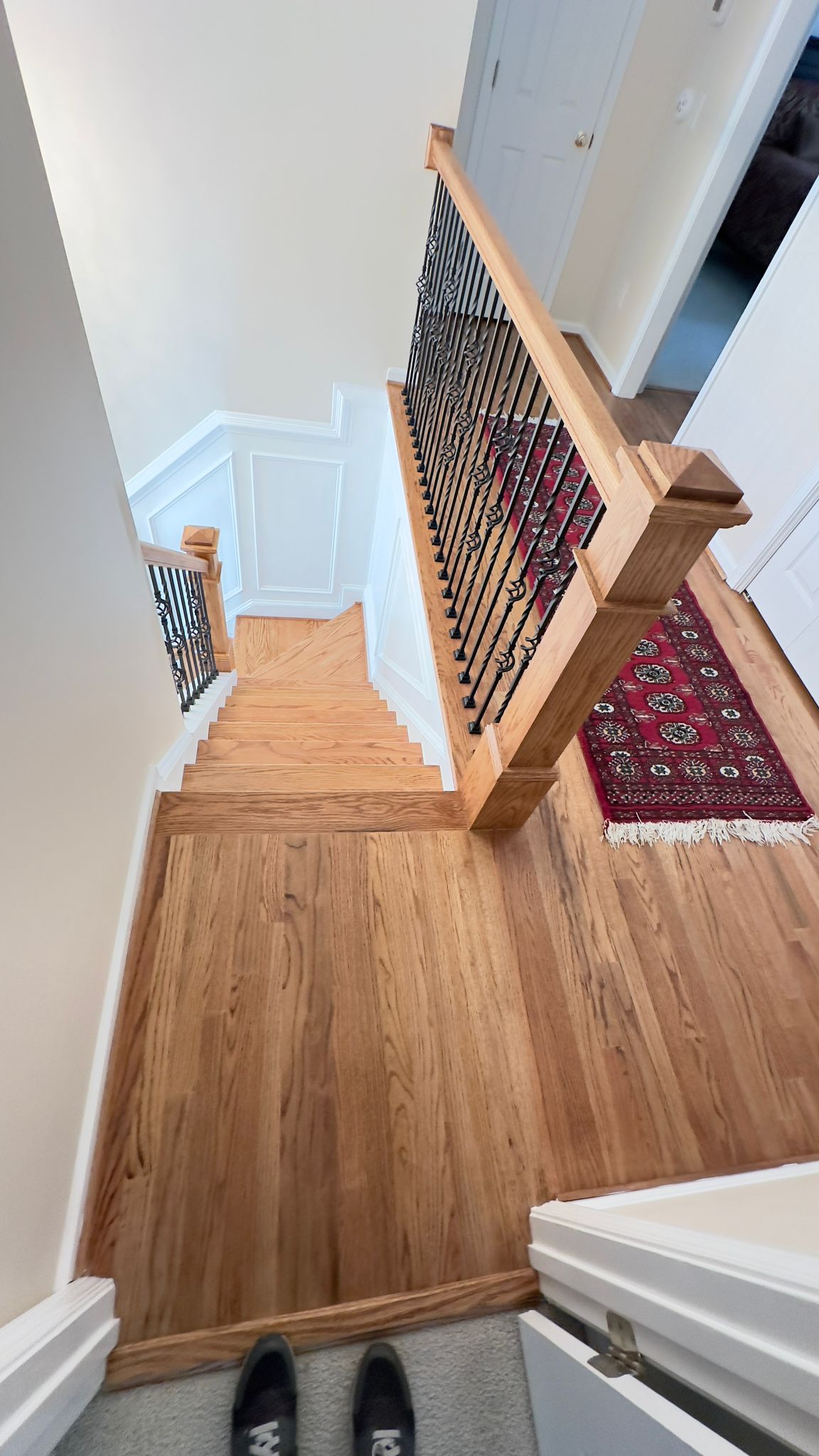Introduction
Carpets add warmth, comfort, and a cozy aesthetic to your home. But just like everything else, carpets have a lifespan. Over time, they can start to show signs of wear and tear, lose their beauty, and even become a health hazard. Replacing your carpet may not be something that’s on your to-do list, but it’s crucial when these issues arise. In this article, we’ll explore eight factors you need to consider when replacing your carpet, helping you decide when it’s time to give your floors a fresh start.
The Importance of Carpet Maintenance
Maintaining your carpet is key to its longevity. With regular cleaning and care, you can extend the life of your carpet. However, even with the best maintenance, carpets will eventually deteriorate. Understanding when to replace them is crucial to maintaining a clean and healthy living environment.
Common Signs Your Carpet Needs Replacement
1. Permanent Stains
One of the most obvious signs that your carpet is ready for replacement is the appearance of permanent stains. Over time, spills from coffee, wine, or pet accidents can seep into the carpet fibers and become impossible to remove, even with professional cleaning. If your carpet is covered in unsightly stains, it’s time to consider an upgrade.
2. Unpleasant Odors
Does your carpet give off an unpleasant smell, even after a deep cleaning? Old carpets can absorb odors from pets, spills, and even mold, which are difficult to eliminate. Persistent odors are often a strong indicator that it’s time to replace your carpet.
3. Matting and Flattening
Carpets are designed to be soft and plush, but over time, they can start to lose their texture. High-traffic areas are particularly vulnerable to matting, where the fibers become flattened and worn out. If your carpet looks dull and feels rough, it may be time for a replacement.
Health Concerns Related to Old Carpets
Old carpets are not only an eyesore, but they can also pose health risks, especially if they are harboring allergens, dust mites, or mold.
4. Allergy and Respiratory Issues
If you or your family members suffer from allergies or respiratory problems, your old carpet could be the culprit. Carpets trap dust, pollen, pet dander, and other allergens that can trigger allergic reactions. When vacuuming no longer helps, replacing the carpet can drastically improve the air quality in your home.
5. Mold and Mildew Growth
Moisture and humidity can lead to mold and mildew growth in carpets, especially in basements or damp areas. Mold not only smells bad but can also cause health problems. If your carpet has been exposed to moisture and shows signs of mold, it’s a clear sign that you need to replace it.
Deterioration Over Time
Carpets naturally wear down over the years, and no amount of cleaning can reverse the damage that comes with time.
6. Wear and Tear in High-Traffic Areas
High-traffic areas like hallways, living rooms, and stairs tend to wear down faster than other parts of the house. If you notice that these areas are looking threadbare or frayed, it’s time to consider replacing your carpet.
7. Carpet Padding Breakdown
The padding underneath your carpet plays a crucial role in providing comfort and insulation. Over time, this padding can break down, leaving your carpet feeling uneven and uncomfortable. If you notice lumps, bumps, or indentations, it’s likely that the padding has deteriorated and should be replaced along with the carpet.
Aesthetic Appeal
Sometimes, it’s not just about functionality but also about how your carpet looks.
8. Outdated Design or Fading Colors
Carpets are a significant part of your home’s decor, and an outdated design can affect the overall aesthetic of your space. If your carpet looks old-fashioned or the colors have started to fade, it may be time to replace it with something more modern and fresh.
When to Consider Professional Inspection
If you’re unsure whether your carpet needs to be replaced, consider getting a professional inspection. Carpet experts can assess the condition of your carpet and recommend the best course of action, whether that’s cleaning, repairs, or a full replacement.
The Benefits of Replacing Your Carpet
Replacing your carpet can have numerous benefits, including improved air quality, enhanced comfort, and a more modern aesthetic. A new carpet can make your home feel fresh and welcoming while also reducing allergens and improving indoor air quality.
How to Choose the Right Replacement Carpet
When it’s time to replace your carpet, selecting the right one is essential. Consider factors such as durability, material, color, and texture. If you have pets or kids, stain-resistant and durable options are ideal. Additionally, look for eco-friendly materials if you’re concerned about the environmental impact.
FAQs
FAQ 1: How often should carpets be replaced?
Most carpets last between 5 to 15 years, depending on the quality, foot traffic, and maintenance. If your carpet shows significant signs of wear, it might be time to replace it.
FAQ 2: Can I repair my carpet instead of replacing it?
In some cases, minor damage can be repaired. However, if your carpet has extensive wear, permanent stains, or health concerns like mold, replacement is usually the best option.
FAQ 3: What is the most durable carpet material?
Nylon is known for its durability and resilience, making it a popular choice for high-traffic areas. Wool is also a durable and natural option, though it’s more expensive.
FAQ 4: How can I extend the life of my carpet?
Regular vacuuming, deep cleaning, and using area rugs in high-traffic areas can help extend the life of your carpet.
FAQ 5: What are the environmental impacts of replacing carpets?
Many new carpets are made from recyclable materials, and some companies offer recycling programs for old carpets. Choose eco-friendly options to minimize environmental impact.
